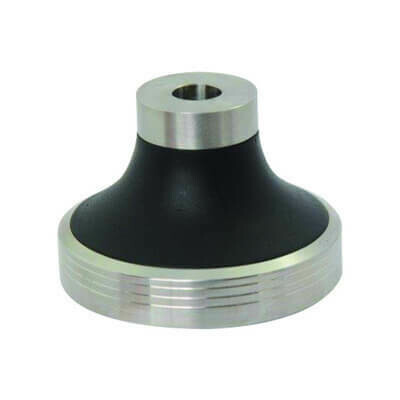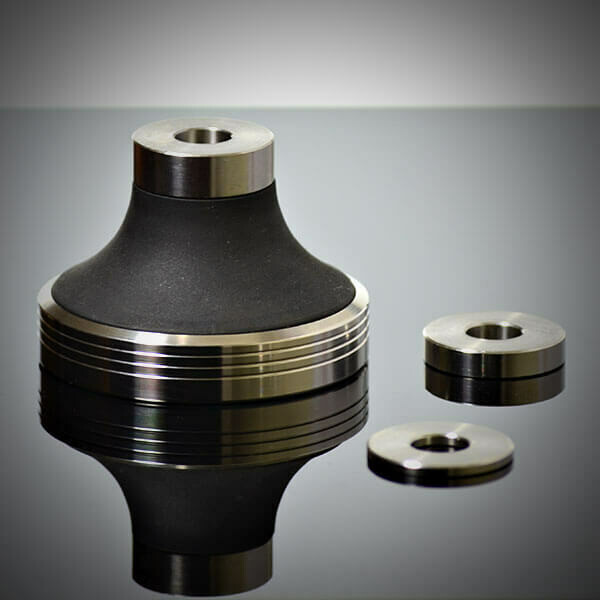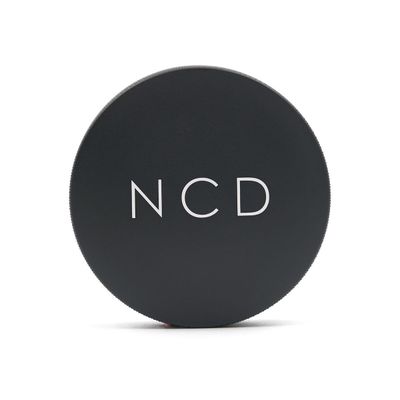Pullman – Tamper Base
Pullman – Tamper Base
Pullman Tampers – Base
Pullman Tampers represent a premium piece of quality engineering expertise. All Pullman Tampers are made with precision and produced by a coffee enthusiast who knows what it has to do.
Pullman Coffee Tampers are designed to enhance performance, endurance and aesthetic appeal; from the ergonomic handle, the dimensions and angles on the base, and the TrueTamp rings all assist in getting an even tamp.
Unlike many mass produced coffee tampers, Pullman Tampers are an individual work of art, measured, weighed and stamped with its own serial number – uniquely yours. This may well be the last tamper you ever need to buy.
Barista Bases
Barista Bases are available in various sizes. Please click here to view the size chart for popular machine brands.
These Pullman bases are crafted from 304 grade stainless steel, and all tamper parts are made in Australia. Other benefits of the Pullman bases include:
Stainless steel bases are precision-machined with True Tamp rings for a consistent and level tamp
An ergonomic synthetic rubber compression zone for maximum comfort; also minimises high-volume fatigue
And a set of 3 stackable straight-sided stainless steel spacers, providing up to 15mm of height adjustment in 8 steps without compromising the tamper’s ergonomics.
Because no two hands are the same size, an optimum handle height makes a large difference to the busy barista.
All flat bases are $95. Any other bases (eg. convex) can be arranged via special order.
Using the tamper
The Barista tamper comes with three stackable height-adjustment spacers (included with base). These provide 8 different height options across 15mm of adjustment. Simply unscrew the handle to install or swap the spacers. Generally speaking, a large hand is better suited to a thicker spacer, and a smaller hand works better with a thin spacer. Since the grip used can change the preference, it is recommended to try various combination of spacers until the ideal grip is achieved. Keep any unused spacers in a safe place for future use.
Once a comfortable grip is found, fill the portafilter with freshly ground coffee, rest it on a tamping mat, tamping stand or with its edge on the edge of a bench with your body positioned as close to the tamper as possible. Rest the tamper in the filter basket and, using the True Tamp rings as a guide, adjust the angle of the tamper so it is exactly level. Keeping the wrist straight, apply firm & even pressure from the shoulder through to the elbow and into the rubber compression zone of the tamper to compress the ground coffee while watchin gthe ring to ensure the tamper stays level. Ideally, a force of 10-15kg should be used (can be practiced on a scale to gauge initially).
Once the tamp is complete, release the pressure on the tamper and spin it about 90 degrees. This ‘polish’ helps give the puck a clean and smooth surface. It also dislodges any coffee grounds that have stuck to the tamper. If the tamper doesn’t spin freely and scrapes on the side of the basket, it means the tamp wasn’t level. It is not recommended to knock the side of the portafilter with the tamper, as this may fracture the coffee puck and cause channelling.
Now the portafilter can be loaded and brewed. To begin, 30ml of espresso per cup should be sought – with a brewing time of about 25 seconds. If it takes longer, the grind is too fine, if it’s any quicker the grind is too course.
Care
Acetal plastic or anodized alumimium handles can be washed or wiped as required, however do not clean in dishwashers or use any harsh or caustic chemical cleaners
(particularly bleach or caustic soda). Always dry the tamper immediately after cleaning. Wood or leather handles should be kept dry and only wiped clean with a
slightly damp cloth. Wooden handles are pre-treated with Danish oil and will absorb skin oils during normal use, so shouldn’t need re-oiling.
Leather-wrapped handles may be treated periodically with a leather conditioner.
The desired base can be unscrewed for cleaning if desired, however a wipe with a damp cloth should be all it takes to remove any dried coffee residue or particles.


